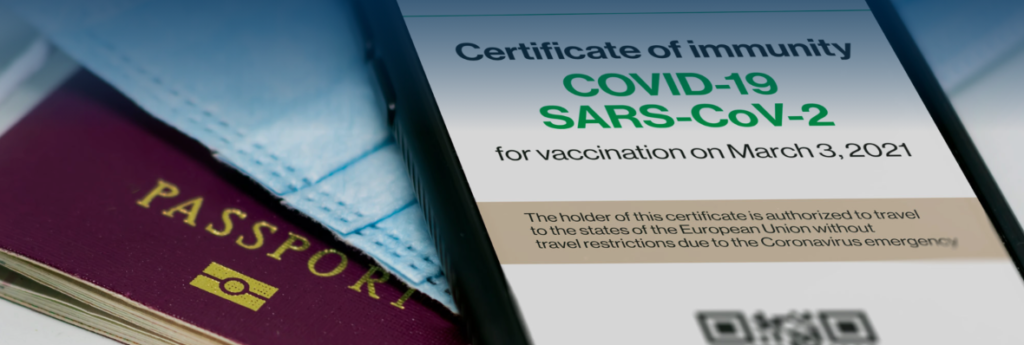The United National Tourism Organization is confident that ongoing global vaccination rollout and increased adoption of digital solutions for safe travel will lead to a rise in international mobility over the weeks and months ahead. Indeed, such measures have already made a difference – notably in both Europe (digital passports) and Canada (increased vaccinations) – since the UNWTO’s data for its latest Travel Restrictions Report was compiled.
Just released, but reflecting data accumulated through June 1, the 10th TRR report from the United Nations specialized agency for tourism noted that 29% of all destinations worldwide still had their borders completely closed to international tourism on that date just over a month ago.
Of those, more than half had been completely closed to tourists since May 2020 or longer, with the majority of them belonging to the Small Island Development States of Asia and the Pacific. In comparison, just three destinations (Albania, Costa Rica, Dominican Republic) were completely open to tourists, with no restrictions in place.
One in three (34%) of all destinations were designated as partially closed, and 36% required a negative COVID-19 test result upon arrival, in some cases in combination with a requirement to quarantine.
The data confirms the trend towards destinations adopting more nuanced, evidence-and-risk-based approaches to restrictions on travel, particularly in light of the evolving epidemiological situation and the emergence of new variants of the virus, says the UNWTO, which notes that 42% of all destinations had introduced specific restrictions for visitors from destinations with variants of concern, ranging from the suspension of flights and closing of borders to compulsory quarantine.
Additionally, since most of those destinations with the strictest measures had some of the lowest rates of vaccination, the data also indicates a link between vaccination speed and easing of restrictions.
In comparison, destinations that have higher rates of vaccination and where countries are able to work together on harmonized rules and protocols, such as those being employed in the Schengen area of the European Union, are better-placed to allow tourism to slowly return, says the report.
“Governments are instrumental for the restart and recovery of tourism through collaboration, use of data and digital solutions,” comments UNWTO Secretary-General Zurab Pololikashvili.
Different paces
The report clearly shows that regional differences with regards to travel restrictions remained on June 1: 70% of all destinations in Asia and the Pacific were completely closed, compared with just 13% in Europe, as well as 20% in the Americas, 19% in Africa, and 31% in the Middle East.
Assessing current requirements for vaccinated passengers, 17% of all destinations worldwide specifically mentioned vaccinated passengers in their regulations. In most cases, travel restrictions continued to apply to fully vaccinated passengers (who have received two doses of an approved vaccine), though in others, all restrictions were lifted. UNWTO expects that this will continue to significantly evolve over this summer.
The report also suggests that the restart of global tourism will remain muted so long as governments continue to advise caution. Four of the 10 top source markets (which generated 25% of all international arrivals in 2018) continue to advise their citizens against non-essential travel abroad.

